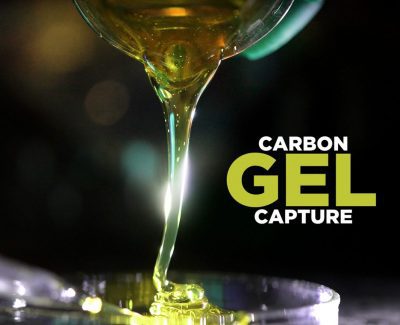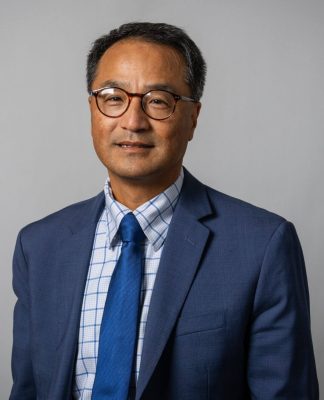
Dr. Ki H. Chon, the Krenicki Professor of Biomedical Engineering at the University of Connecticut, is a pioneer in the field of biosignal processing and wearable devices. As the inaugural head of the Biomedical Engineering department from 2014 to 2022, Dr. Chon’s leadership was instrumental in driving substantial growth in both faculty recruitment and research funding, securing a more than $17 million increase in annual research allocations.
Having earned his undergraduate engineering degree from UConn, Dr. Chon has remained dedicated to advancing his alma mater’s stature in the global academic community. His research has led to the development of a life-saving wearable device capable of predicting seizures in divers—a breakthrough that underscores his commitment to translating academic research into practical, real-world applications. This innovation has not only secured the backing of the U.S. Navy but also holds the potential to transform safety protocols in diving operations worldwide.
Dr. Chon’s scholarly contributions are extensive, with an impressive tally of over 220 refereed journal articles and 13 U.S. patents granted, alongside substantial federal research funding totaling more than $29 million. His work on real-time detection of atrial fibrillation and other physiological anomalies via mobile and wearable technology platforms has positioned him at the forefront of biomedical engineering.
Dr. Chon has demonstrated a profound commitment to educational innovation. He has developed three new courses, including Junior Design and Biomedical Signal Processing, which have significantly enhanced the biomedical engineering curriculum at UConn. These courses not only prepare students for real-world engineering challenges but also ensure that they are well-versed in the latest technological advancements and methodologies.
Beyond his technical and academic achievements, Dr. Chon has played a pivotal role in enhancing the department’s diversity and inclusion efforts. His recruitment strategy led to the appointment of UConn’s first female African American Professor in the College of Engineering, marking a significant step forward in fostering an inclusive academic environment.
As a fellow of six major societies and a distinguished member of the Connecticut Academy of Science and Engineering, Dr. Chon’s contributions to the field of biomedical engineering are widely recognized. His leadership and vision have not only elevated the Department of Biomedical Engineering at UConn but have also had a profound impact on the broader scientific and engineering communities.
In recognition of his outstanding contributions to research, teaching, and service, Dr. Ki H. Chon is an exemplary candidate for the Board of Trustees Distinguished Professor award. His ongoing dedication to the field and his alma mater makes him a deserving recipient of this prestigious honor.
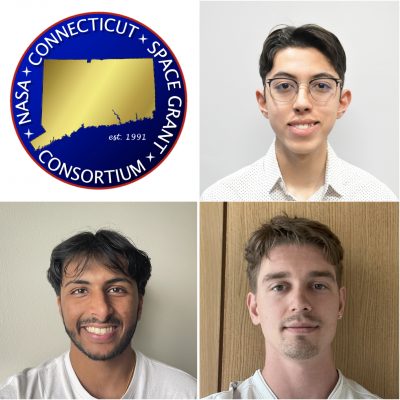
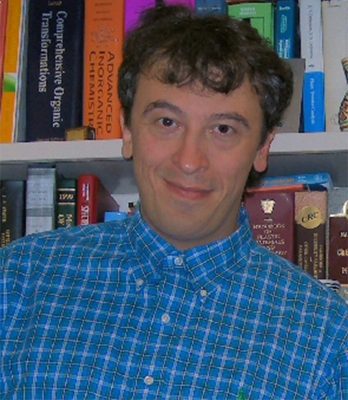
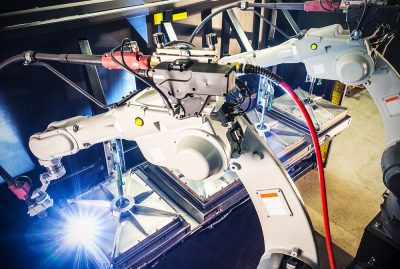
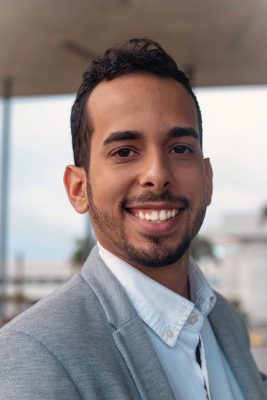

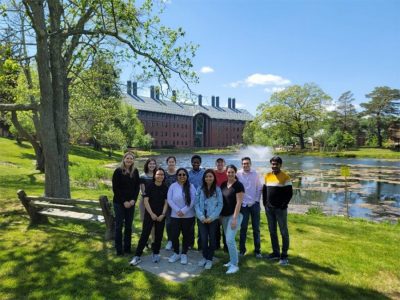
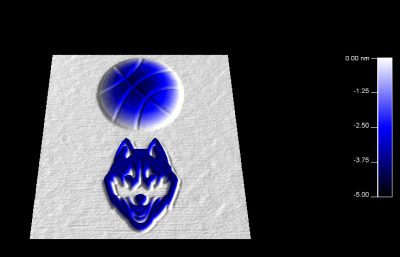
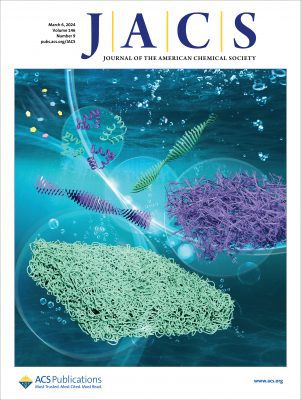 In a collaborative effort, researchers from the University of Connecticut (led by Profs. Yao Lin, VJ Kumar and Xudong Yao) and the University of Illinois at Urbana-Champaign (led by Prof. Jianjun Cheng) have made an advance in the rational design of synthetic polypeptides to develop filament-based hydrogels. The work, conceptualized and realized by the graduate students Tianjian Yang (UConn) and Tianrui Xue (UIUC), has been published in the Journal of the American Chemical Society (JACS) and featured as the cover of the March 6 issue.
In a collaborative effort, researchers from the University of Connecticut (led by Profs. Yao Lin, VJ Kumar and Xudong Yao) and the University of Illinois at Urbana-Champaign (led by Prof. Jianjun Cheng) have made an advance in the rational design of synthetic polypeptides to develop filament-based hydrogels. The work, conceptualized and realized by the graduate students Tianjian Yang (UConn) and Tianrui Xue (UIUC), has been published in the Journal of the American Chemical Society (JACS) and featured as the cover of the March 6 issue.